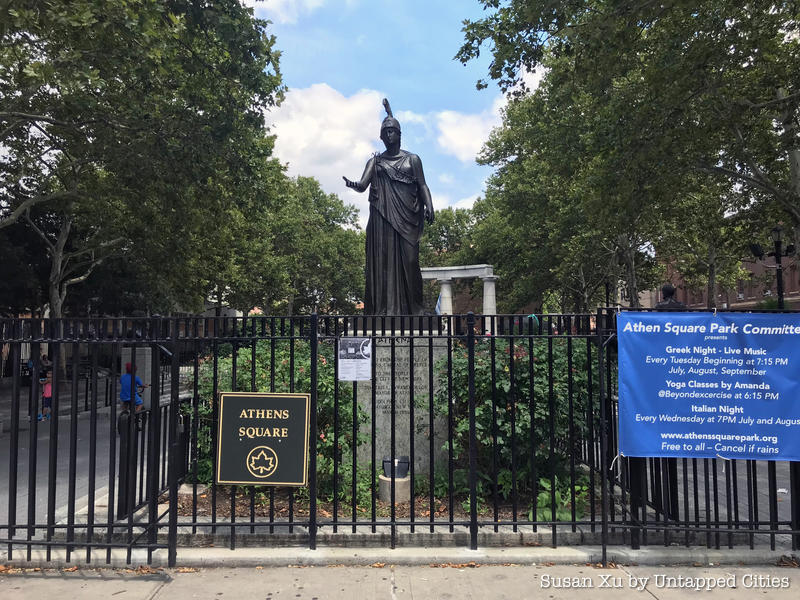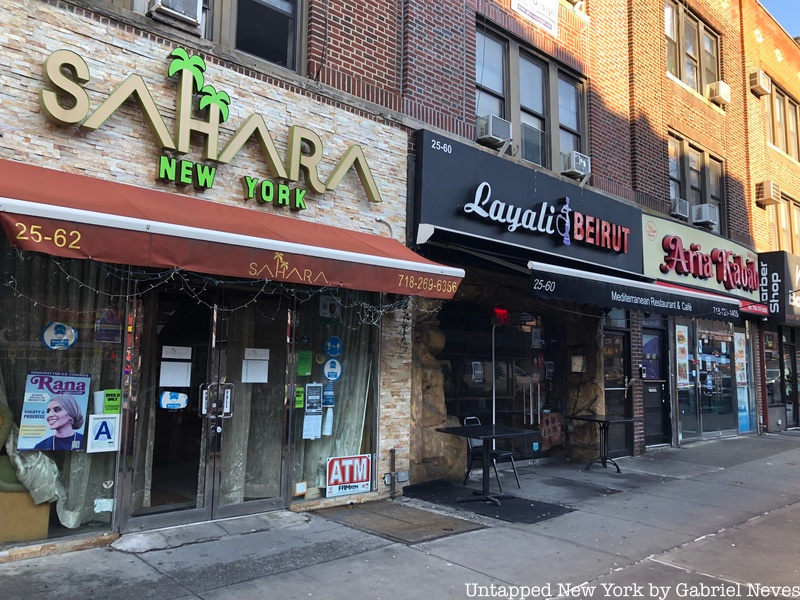3. People from over 100 different countries reside in Astoria

After the earliest influences from the Dutch, British, and Germans, a large number of Irish immigrants settled in Astoria in the 19th and 20th centuries. These were then followed up by a wave of Italian immigrant families who opened up salumerias, bakeries, and pizza shops mostly around the Ditmars portion of the neighborhood. The Jewish population was beginning to increase as well and still has a few historical synagogues standing since the early 1900s.
The influx of immigrants in the 1960s is really what cultivated the melting pot of Astoria today, specifically with the Greeks and Cypriots that moved in. When many residents think of Astoria, they immediately connect it with Greek culture as there are dozens of tavernas, bakeries, restaurants, cafes, and Greek Orthodox churches sprouted up around the neighborhood. Some organizations like HANAC (Hellenic American Action Committee) and the Federation of Hellenic Societies of Greater New York are part of the reason why much of the culture has been so preserved and maintained all these years.

Heading south along Steinway Street past Hoyt Avenue is the section many residents refer to as “Little Egypt.” This part of the neighborhood boasts an incredibly high population of Muslims and Arabs and is popular for all the bars, clubs, and hookah lounges. Further down the street past 30th Avenue and Broadway is where a real mash of ethnicities comes into full display. Brazilians, Croatians, Lebanese, Guyanese, Chinese, and many more are all bunched together into the streets of Astoria, block after block. Despite the decrease in their population since they first arrived, Astoria has a few thousand Maltese immigrants, a large chunk of the Maltese population in the United States.





